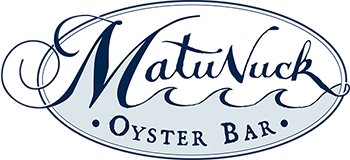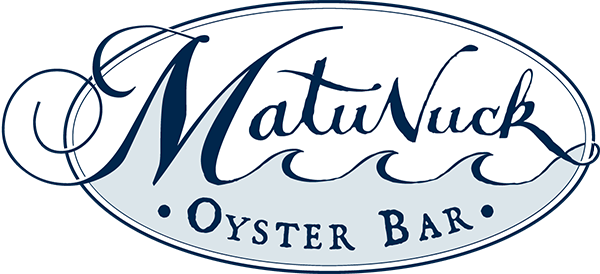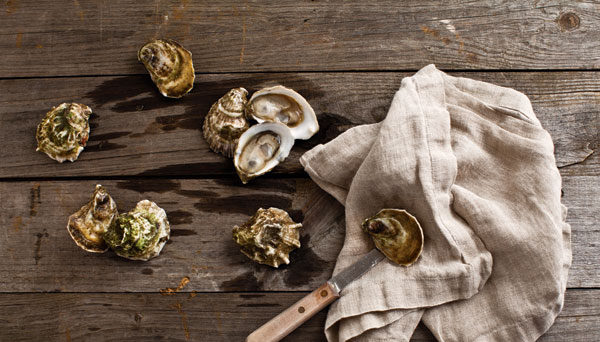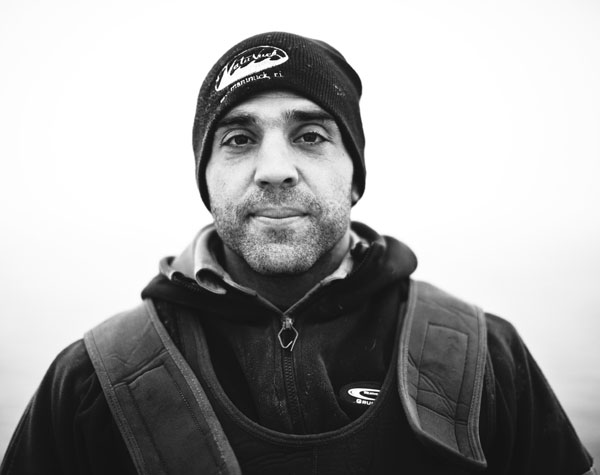Think you know New England shellfish? These gems from Little Rhody are a new reason to savor the oyster.
Perry Raso, owner of Matunuck Oyster Farm, is waist-deep in water, hauling up one of the 10,000 bags lined up in rows along the floor of Potter Pond, a saltwater basin in South Kingstown, on the southern coast of Rhode Island. He pulls out a handful of oysters, each about an inch wide, then returns them to the sack. These youngsters are much too small to be harvested, but with time, they’ll be large and plump, ready to serve at Raso’s restaurant, Matunuck Oyster Bar, just a stone’s throw across the water. They’ll also make their way to restaurants from Boston and Newport to New York and Atlanta. And they’ll be uniquely Matunucks, with their distinct, briny crispness and lightly sweet finish, like a friendly goodbye.
Raso is part of a growing Ocean State aquaculture scene–one that deserves more attention. Perhaps Wellfleet and Island Creek, both from Massachusetts, are the big names in New England oysters, but they’re not the only greats. Little Rhody has earned its own bragging rights, with worthy gems like Moonstones, Bear Points, Cedar Islands, and Aquidnecks, all sold in rotation at Raso’s oyster bar. There, an afternoon of comparative oyster tasting is a brand of hedonistic locavorism that anyone can embrace. These farmed bivalves of the Atlantic coast may technically be the same species (Crassostrea virginica), but each Rhode Island oyster is as unique as the place where it’s grown.
So, for that matter, is each oyster farmer. Raso started digging and diving for shellfish for summer work nearly 20 years ago as a junior-high-school student and never really looked back. He left Rhode Island for a while for college but eventually returned to study aquaculture at the University of Rhode Island. He came to see oyster farming as a calling, a form of environmental stewardship. In 2002, he received a state “Sea Grant” to lease an acre (now grown to seven acres) in Potter Pond. Raso calls himself “a stockholder in this body of water.”
Content with the farm’s success, Raso approached the restaurant business from a purely strategic point of view: He needed a commercial dock on the pond, and when the only other business property became available, he seized it for the real estate, figuring he could always open a fish market if the oyster bar failed. The plan was for a simple seasonal spot, open for tourists from May to October. But the restaurant thrived, not just in the summer but year-round–a fact that Raso still notes with some disbelief.
A share of the credit must go to chefs Wayne Bush and Jeff Cruff, who turn out addictive, inventive takes on classic seafood dishes such as oysters Rockefeller, clams and linguine, and Point Judith calamari. This is waterside dining at its best. But if you can’t head down to Rhode Island for a taste of Matunucks at their source, at least try your hand at one of the Matunuck chefs’ oyster recipes.



